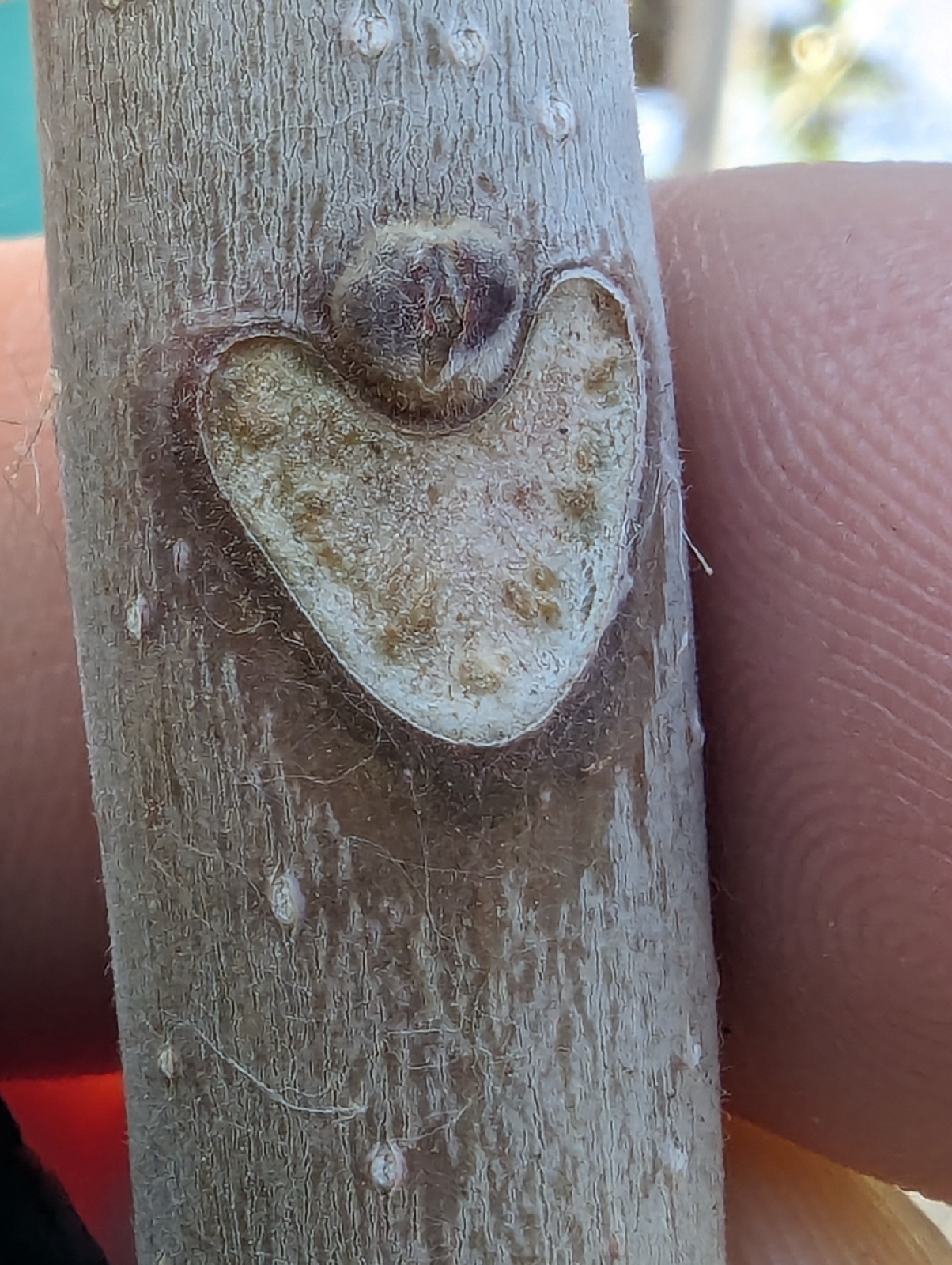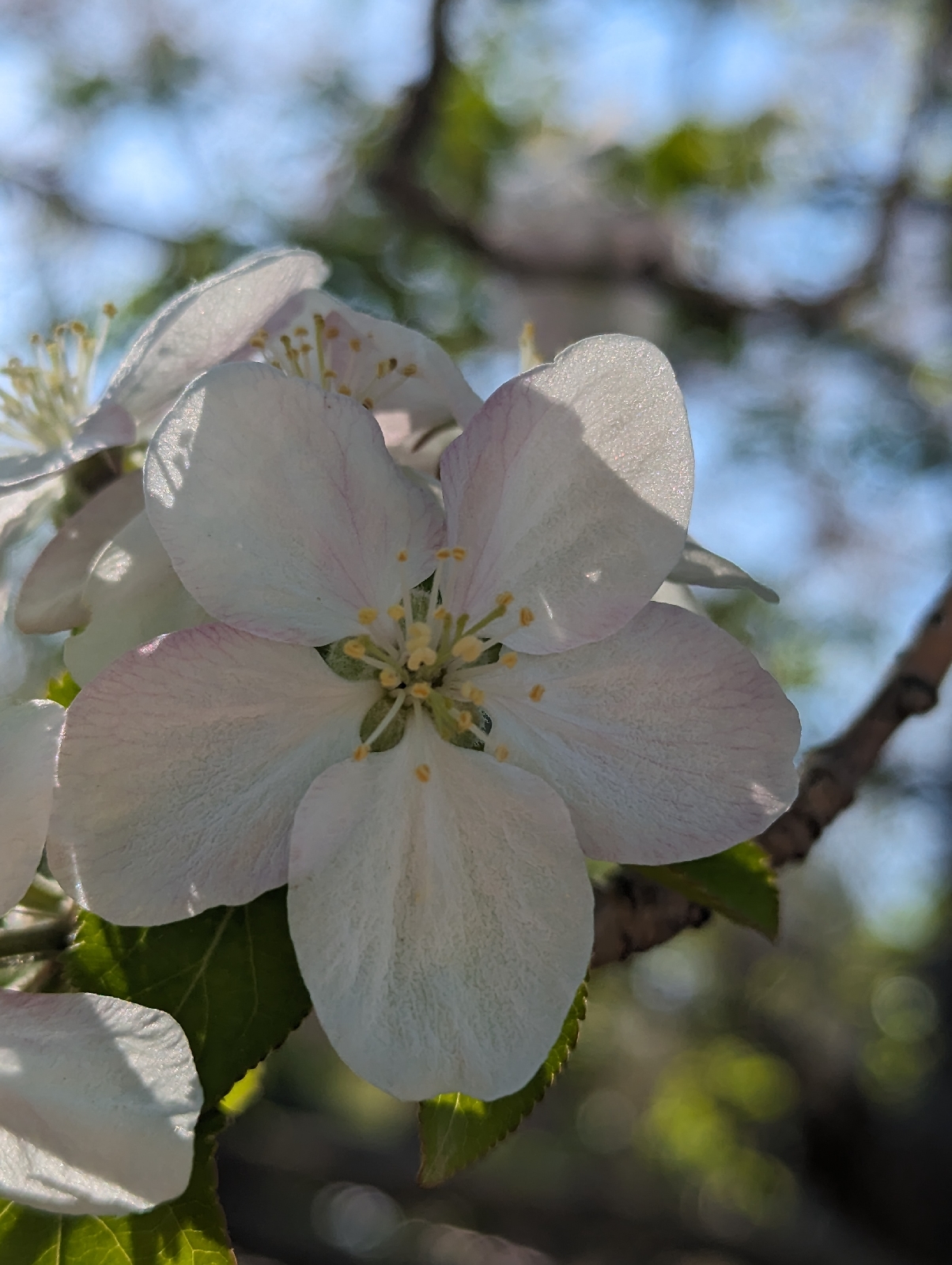I always feel like our descendants—they're going to be upset with us for
wrecking the planet anyway—but they're really going to be mad that we
didn't even bother to take a good picture. Jack Longino
It often feels like studying nature is like imagining an unseen dimension where connections exist between things that we cannot even identify. Still, we can imagine. The reason we should, is that there is far more out there to learn from that we can find just using our five senses.
It is odd that decomposition is a computational and biological term for taking a complex thing and breaking it down into simpler units. By ignoring the relationship between things a process becomes clearer, but the loss of the relationships often means people are looking at the wrong thing. Here, the trees are crowding out the sunlight that the grasses are needing, while the grasses are preventing new sapling for growing. The overall effect is a charming woodland glade scene which many people have been quite taken by.
Here is an example of seeing a thing in a different light. This is the abscission zone of a tree of heaven (Ailanthus altissima). Right above it is the axillary bud which is dormant because of the vertical dominance of this species of tree. The whole process is regulated by the relative concentration of auxin. This is the abridged version of the whole story, there is so many relationships to look at in this picture. The biological process of decomposition is personified in this picture of both senescence and fecundity. The computational concept of decomposition (factoring) is the unconscious process all school educated people do, where the picture is broken up according to a paradigm to be understood as objects that interact is some predefined way.Yet most people just appreciate the symmetry of the cells producing a picture of a heart. While others wrestle with the false dichotomy of whether the tree of heaven is a great fast growing garden tree, or a noxious invasive species.
Barren sand is the trademark picture of apocalypse movies. But some plants see this as open real estate ripe for exploitation. This is the Russian thistle plant, which took over the midwestern plains in the late 1800's. The human plough and following development removed competing root systems and dried out the soil, allowing the deep taproot of the seedlings to rapidly establish a toehold. The radicle pushes downwards rapidly and responds to the conditions it finds, so both intrinsic and extrinsic factors affect taproots versus lateral growth.
Cockleburrs form large seeds that stick to animal fur to travel. Here you can see the release of the seedling from the distinctive seed casing. Those two "large leaves" are actually cotyledons, a type of storage vessel. The true leaves that photosynthesize are the tiny ones inside those. Cockleburrs have been studied for the toxic substances in the seed, the oil, and the adhesive produced by the spines. Most people know the seeds are the inspiration for the idea of velcro.
Rains and snow form the source of water that eventually makes its way down to Corrales. Even though it doesn't look it, the Rio Grande is the fifth longest river in the US and has a watershed that includes eight US states.
There is a lot of fish in the Rio Grande, but the diversity is nothing compared to what there used to be. The clay silt caused by near constant changes to the river level (causing erosion) has caused many fish to become rare, and other fish to dominate. The grass carp live in the turbid, alkaline and clay silted waters of the main river. They often will swim into the drainage canals of Corrales to feed in the warm, shallow, acidic, sandy, and clear waters of recently inundated areas to feed and breed. In the past there have been many other fish species, but these have mostly vanished since the siphon irrigation water was cut off two years ago at the north end of Corrales.The abundance of ecosystems in the relatively unkempt Corrales ditch verges house an impressive number of bird visitors. Egrets normally don't stalk the drier parts of Corrales, but they can be seen. The cattle egret hunts insects and anything else in tall grasses. Large numbers are currently roosting at the Tingley ponds but they like to check out the inundated fields for slow lizards at this time of year.
Turkey vultures visit the bosque to rest as they are not great fliers when conditions are less than ideal. Their appearance presage the hummingbird migrations who have just arrived. Vultures usually do not stay long in the wooded areas, preferring quieter locales out in the open plains and hills to the west.
Coopers hawks in the area are engaged in nest building and courtship. The males are often on sentry duty near to the nest and chirp out warning and probable blasphemies when vehicles and other birds pass by.
As the number of coyote visits decrease, the flock of feral turkeys has become more active, especially in the middle of the day in fenced wooded areas that are free of pets. Their gobbling calls can be heard in the mornings as they travel in a flock of about eight individuals along the lateral ditch. As usual, the research on leucitic (not albino) birds is speculative, and suggests that oddly colored mutants reduce breeding stress in social birds like turkeys.
The elm seed snow is on us, most will not germinate due to the dry conditions they land in. Carpenter ants and mice often snatch many and store them underground. The elm seed bugs proliferate in response, with the eggs being deposited on developing elm seeds.
Periwinkles are grown as a ground cover plant in areas with high acidity in the soil. They would be invasive if the native soil was less alkaline. The flower is admittedly beautiful, but then there are also so many other native candidates. This flower is also repellent to many browsing species like rabbits or deer. A flower with five leaves exhibits radial symmetry, which allows pollinating insects to approach from any angle and have the same view of the identifying colors and features. Other flowers which have a bilateral symmetry need to be approached from one specific angle and usually have a specific, co-evolved pollinator.
Studies of patterns in nature are not just abstract concepts. Patterns are how plants and animals communicate. Spirals seen in disc phyllotaxis are efficient packing arrangements that emerge spontaneously and have helped guide human understanding of mathematics, which is just another form of communication. Asters, like this salsify flower, guide insects to a central platform. The outer petals are called ray florets and are just advertisements of the health, age, and species of flower. The disc florets at the central are the male and female flowers that appeal to any insect that has short, generalized proboscis. Many asters become locations for invertebrate mating later in the season, exactly like a human dance floor in a popular city party spot.With the recent record high spring temperatures, many stone fruit orchards should do very well in terms of fruit production. There are many small trees around Corrales that can yield apricots, cherries, or apples and most of those are blossoming now. With the last freeze past here will be an explosion of color all over central New Mexico in colors from purple, white, pink or yellow.
With the explosion of lawn culture in the 1860's in the US dandelions became the enemy, but they cannot be eradicated with herbicides or many lawn management strategies. They love bright sun, they have large taproots that mean they can live in compacted soils and can regrow easily from this root. They are also very flexible. There is a Scalesia species in Galapagos that evolved from a dandelion ancestor to form tree forests.
Pappus and Apomixis are not common words thrown around much by general biology readers, but everyone who tends a lawn knows about the effects of these words. Pappus is the unique seed of the dandelion that allows it to use winds to aid in dispersal. Apomixis is the asexual reproduction that can occur in some aster plant species like dandelions. While there is a loss of diversity from clones, they can rapidly spread into new areas if the conditions are right, and there is increased importance of environmental fitness from the original progenitor.
Silverfish in the wild hide under large logs where there is more moisture. They feed on starch, so the abundant elm seeds are a boon for them. These insects live for several years which is a long time for an arthropod. They undergo many molts during their lifetime which means they are resilient, able to repair a lot of injuries they might face.
It is always amazing how much goes on under the surface of the earth. These white grubs are the bane of many a gardener, they are the pupae of the scarab beetles that feed on shallow roots in lawns and gardens. They are much prized by skunks and turkeys, but are a cause of much garden spraying for pestsThe larvae of the crane fly is also an agricultural pest but have only been found in the US for about forty years. They are among one of the oldest fly species, having been around for 245 million years and so have had a chance to spread to most parts of the globe. A lot is known about crane flies, mostly because one man studied and identified almost 11,000 species.
Spring is a strange time for many reptiles. The daytime highs are perfect for basking, but the nights are still cold. This means lizards are still sporadic in the bosque and have to be constantly moving to regulate their internal temperatures for activities and feeding. Still, this one looks very content in the sun, and their many natural enemies, such as snakes are not yet active.
Personally, the appearance of spider webs in the morning sun and strung across trails is a clear sign that spring has sprung. I notice that these arachnids predominate until the ants take over with their superior numbers and activity. This type of spider prefers the crevices under logs and tall grasses.
Cobweb spiders are very different and prefer to live in dry, dusty corners of people's houses feeding on tiny midges and fruit flies. Very shy and completely harmless they are preyed upon by the daddy long legs species of spider.
There are many dangers around human habitation. There is a cost to be paid for the increased shelter and food found near humans and often this is the dangers of cars and domestic pets. Humans are not very good at controlling nuisance animals, but we excel am manipulating whole ecosystems, usually completely accidentally. While this mouse may have been run over, the missing head suggests a saw whet owl in a hurry.
Now there are fish in the ditches, the fishermen have begun trying to catch them. Their extra bait often attracts animals out into the open, but its the abandoned fishing line that often snags birds and other creatures. These unseen effects on our backyard affect everything in the bosque and can be quite affecting. Still, it is the secretive nature of the bosque that makes the unraveling of these layers of nature all the more worth it.























Thank you for the information in this educational blogspot on the Corrales Bosque, and appreciated it much. Will hope it will be here a while to come back and read more as it has a lot to take in all at once. A wonderful study for students who live in the area. Share with the schools that it is available?
ReplyDelete